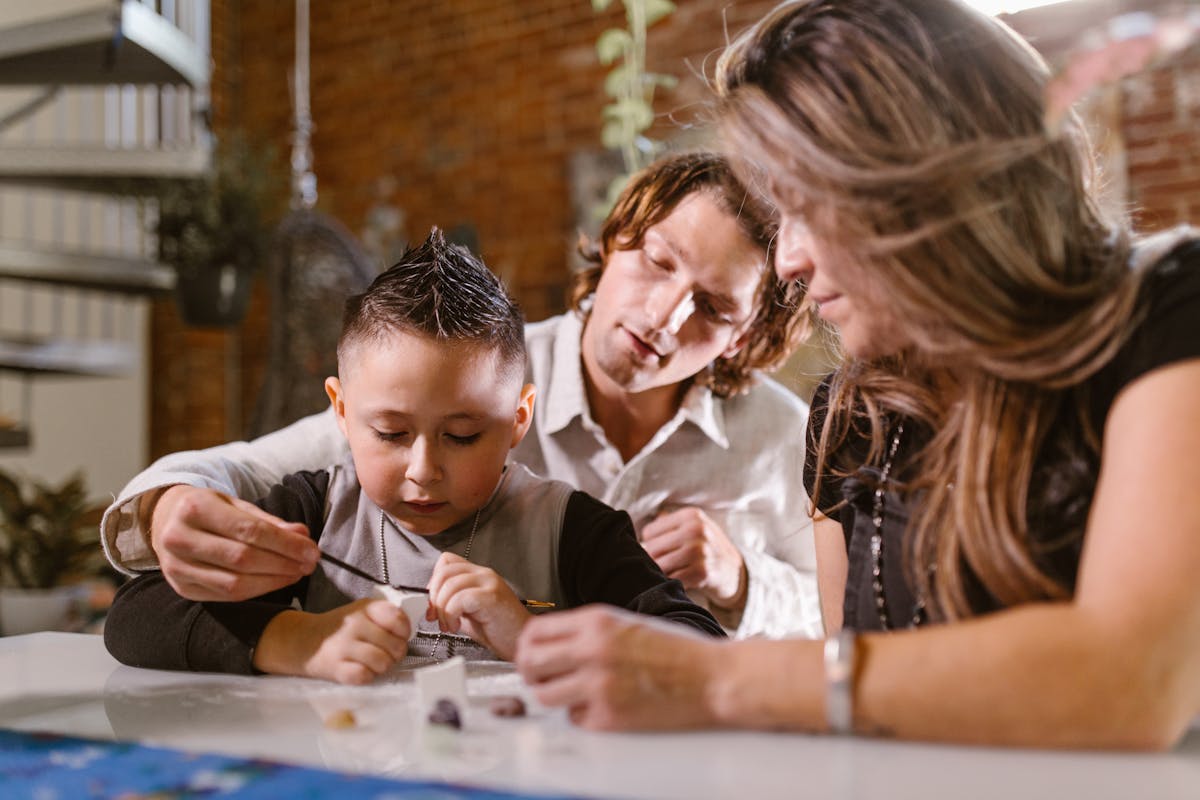Sensory play is more than just messy fun — it’s a powerful way for children to explore the world and develop essential skills. By engaging the senses, children enhance their cognitive growth, fine and gross motor skills, language development, and social interaction. Below are five engaging sensory-based activities that are both educational and enjoyable for young learners, inspired by the practices of this private girl’s school.
1. Sensory Bins for Language Development
Sensory bins are a simple and effective way to boost vocabulary and comprehension. Fill a container with materials like rice, lentils, sand, or water beads. Then add small toys, letters, or themed items (e.g. animals, transport, nature).
How it teaches: As your child explores the bin, prompt them to describe textures, name objects, or sort items by colour or category. This type of play encourages descriptive language, questioning, and storytelling.
Tip: Create themed bins such as “Under the Sea” or “On the Farm” to connect with books or topics they’re learning at school.
2. Playdough and Fine Motor Fun
Playdough is a classic sensory activity that supports hand strength and coordination. Encourage your child to roll, pinch, squash, and mould shapes using cutters, plastic tools, or natural materials like sticks and stones.
How it teaches: These actions improve fine motor skills, which are crucial for handwriting and self-care tasks like dressing. You can also introduce early maths by forming numbers, counting shapes, or comparing sizes.
Tip: Make your own scented playdough using essential oils like lavender or peppermint to further stimulate the senses.
3. Texture Walks for Physical Awareness
A texture walk is a brilliant outdoor (or indoor) activity that gets children moving while engaging their sense of touch. Create a trail using materials like bubble wrap, sponges, foil, grass, or fabric and encourage them to walk barefoot.
How it teaches: This activity increases sensory integration and body awareness. Ask your child to describe how each texture feels underfoot, compare sensations, or guess materials while blindfolded.
Tip: Make it a game — can they tiptoe silently across the sponges or stomp loudly on the foil?
4. Sound Matching Games
Hearing is a vital sense for learning phonics, following instructions, and developing musicality. Fill small containers with different sound-making items (rice, coins, paperclips, buttons) and seal them. Let your child shake and match containers with identical sounds.
How it teaches: This sharpens auditory discrimination and memory — key for learning letters and sounds. It also encourages careful listening and focus.
Tip: Use familiar household items to help link new learning to everyday experiences.
5. Scent Discovery Jars
Scent jars offer a calming and fascinating way to explore the olfactory sense. Fill small pots with cotton wool soaked in different scents — lemon juice, vanilla, herbs, or spices — and cover them with breathable fabric.
How it teaches: Children learn to describe and compare smells, boosting vocabulary and observation skills. It’s also a great opportunity to discuss where scents come from and their role in food or nature.
Tip: Use this activity to support mindfulness, asking your child how each scent makes them feel.
Sensory-based activities aren’t just entertaining — they’re essential for holistic development. By incorporating these into your child’s daily routine, you’re nurturing curiosity, independence, and a lifelong love of learning.
